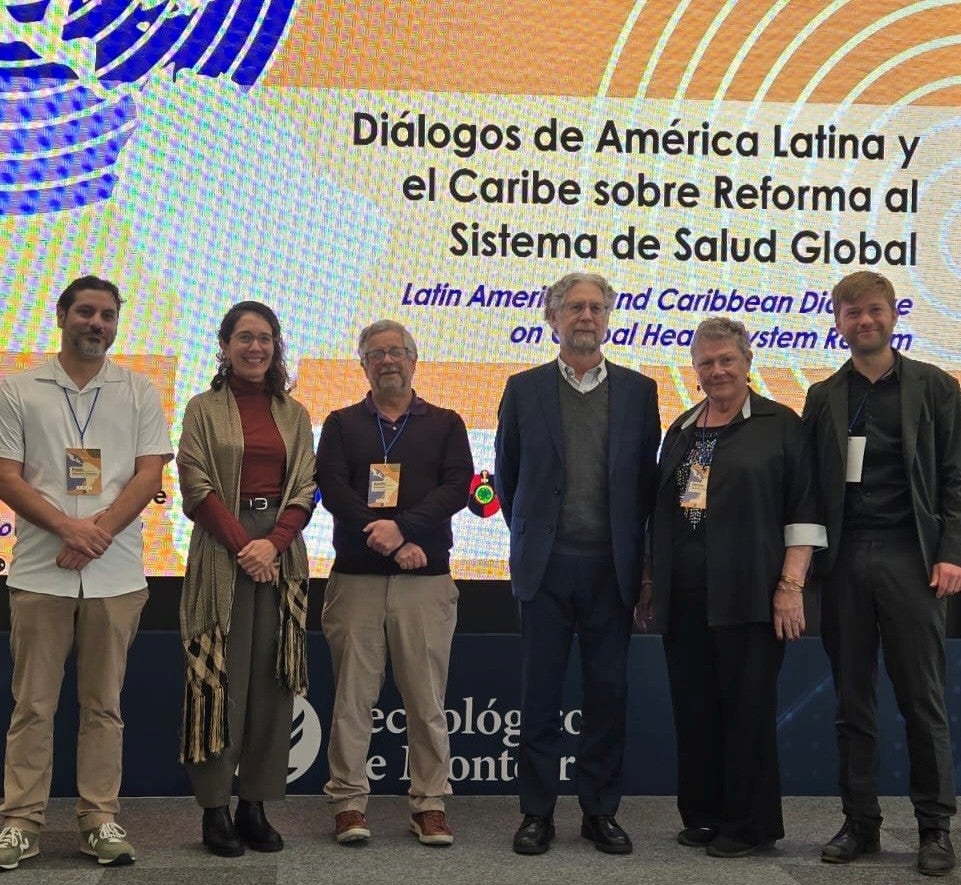Neuronal mTORC1 inhibition promotes longevity without suppressing anabolic growth and reproduction in C. elegans
In a recent paper published in PLoS Genetics, Dr. Mair and his team led by Hannah Smith, demonstrated that selectively inhibiting mechanistic target of rapamycin complex 1 (mTORC1) in neurons effectively promotes longevity in worms without detrimental side effects.
The mTOR pathway has long been associated with a range of aging-related processes, including cellular senescence, immune responses, autophagy, cell stem regulation, mitochondrial function, and protein homeostasis. Suppressing this pathway, particularly through depletion of mTORC1, has shown promise in extending lifespan across various model organisms. However, translation of mTORC1 therapeutics into humans is hindered by the fact that whole-body inhibition of mTORC1 induces undesirable effects on growth, development, and fertility.

In this study, the MET researchers explored whether mTORC1 inhibition could be restricted to specific tissues in order to promote longevity while minimizing these trade-offs. Employing the model organism C. elegans, they leveraged the auxin-inducible degradation system to study the tissue-specific effects of mTORC1 in aging. The results revealed that degrading components of the mTORC1 pathway exclusively in neurons robustly extended lifespan while preserving normal growth, development, and reproduction.
This study challenges previously held notions that anabolic trade-offs are causal to mTORC1 longevity by redirecting resources from growth and reproduction towards somatic maintenance. The findings reveal a pivotal role of neuronal mTORC1 in the regulation of organismal aging, providing critical insights for the advancement of mTORC1-centric anti-aging therapeutic strategies.
Congratulations to Hannah Smith, Anne Lanjuin, Arpit Sharma, Aditi Prabhakar, Exelina Nowak, Peter Stine, Rohan Sehgal, Klement Stojanovski, Benjamin Towbin, and William Mair.


